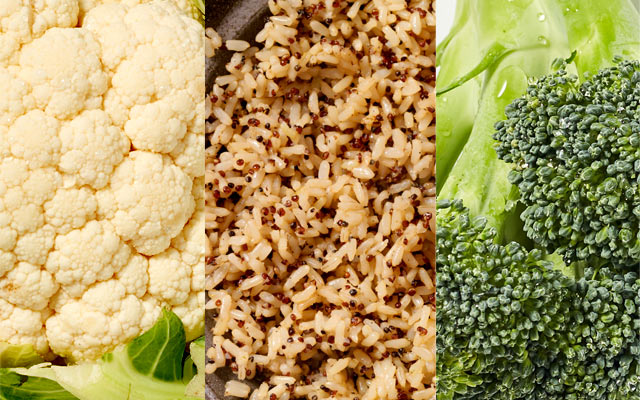Thanks to the centrality of whole grains and legumes, the Mediterranean diet is somewhat high in carbohydrates. That has raised questions for proponents of low-carb diets, such as the paleo and ketogenic protocols.
Mediterranean-diet advocates note that not all carbohydrates are the same. Those found in vegetables, fruits, legumes, and nuts are rich in fiber and phytonutrients, and the body processes them differently than the carbs found in sugary foods, white flour, and pasta — which is not, contrary to popular belief, a mainstay of the Mediterranean meal.
“Some folks hear the phrase ‘Mediterranean diet’ and think it is fine to include lots of pasta,” says functional-medicine practitioner Myrto Ashe, MD. But even in Italy, pasta is typically served as a small first course before the main dish, not in heaping portions as a meal’s centerpiece.
It’s also worth reiterating that the traditional Mediterranean way of life included routine physical activity: People walked most everywhere and often worked tending gardens or farming. This physical activity may have helped regulate the effects of more carbs.
“A diet that includes 65 percent of calories from carbs may be better suited to places where people walk a lot,” says Ashe. It may work less well for a more sedentary person, she notes, which is why she encourages her patients to be sensitive to how these foods affect them personally and adjust accordingly.
She recommends moving away from a reliance on simple carbohydrates like bread and pasta and including more leafy greens, cruciferous vegetables, nuts, legumes, and spices. “I would like people . . . to try to bring a diverse array of foods into their homes if they can,” Ashe says.
Regardless of your individual carbohydrate needs, the Mediterranean protocol can be embraced for its core principles: Enjoy fresh, whole foods as often as possible, prioritize plants, choose healthy fats, and eat at a leisurely pace, together with family and friends.
“When thinking about the Mediterranean approach to eating, I’m not guided by counting carbs [or other macronutrients],” says functional-medicine physician Gregory Plotnikoff, MD. Instead, he says, he’s guided by the image of an abundant, plant-based meal shared at a gathering of loved ones.
This was excerpted from “Lessons From the Mediterranean Diet” which was published in Experience Life magazine.





This Post Has One Comment
[…] effective sports drink contains water for hydration, carbohydrates for fuel, and electrolytes (particularly sodium and potassium) for regulating blood pressure and muscle […]